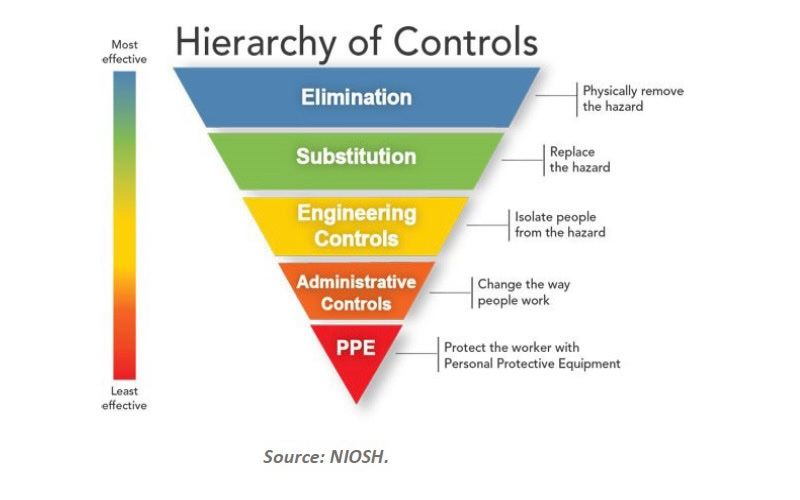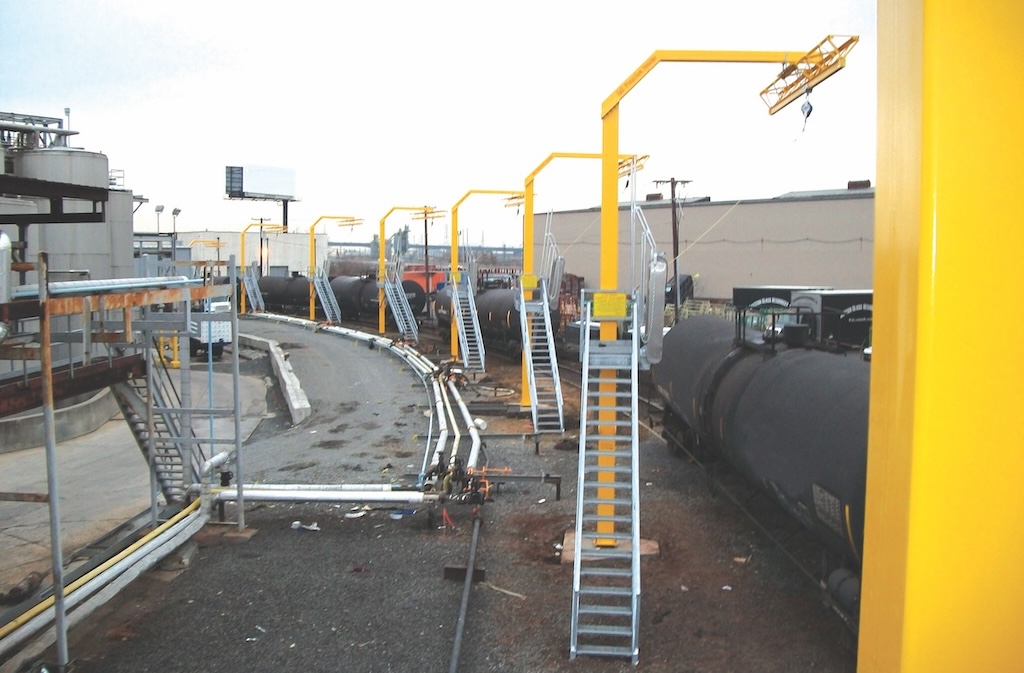When starting a new business relationship, it is important to map out common goals and objectives using a two-way communication process. Then, when problems or challenges occur, both parties can work to solve them together. When it comes to outsourcing, new research shows that although many organizations want to work collaboratively with their third-party logistics (3PL) providers, they are uns...
When starting a new business relationship, it is important to map out common goals and objectives using a two-way communication process. Then, when problems or challenges occur, both parties can work to solve them together.
When it comes to outsourcing, new research shows that although many organizations want to work collaboratively with their third-party logistics (3PL) providers, they are unsure how to begin and then maintain the relationship. However, new research data indicates companies are more satisfied than they have been in the past with the quality of work done by their 3PL providers.
After conducting an annual study for 12 years, it is easy to spot trends and track specific metrics. Such is the case with Capgemini , a Paris-based consulting firm, which recently released its report, The State of Logistics Outsourcing in 2007. The study included 1,500 supply chain executive respondents in various levels, including managers and directors.
| The greatest potential benefits of collaboration with 3PL partners are associated with business processes such as inventory management, customer order management, customer service, and supplier order management. |
The top factors considered when choosing a 3PL can reveal a great deal about trends in the current outsourcing market, says Jim Morton, senior manager for Capgemini. Respondents cited capable information technology as the primary consideration. They also said inventory management and customer service are two areas that would benefit most from improved collaboration between outsourcing partners.
Many companies want to be pragmatic and use collaboration to measure return-on-investment, says Morton. “However, if they want to improve planning or visibility, the challenge is to look at how to use technology to improve cycle times or other business processes. You should not use collaboration just to boast about your progressiveness, but [leverage it] to achieve more tangible business benefits.”
Warehousing and transportation remain the most popular outsourced applications. When asked what technologies 3PL users would like to add to their current solution sets, respondents indicated visibility tools (91 percent) and Web-enabled communication (88 percent) as their top choices. Given that the current usage of warehouse management and transportation management systems already is very high serves to point out the growth potential for visibility and Web-enabled tools.
The percentage of users that expressed satisfaction with the IT capabilities of their 3PLs has increased from 35 percent (2006) to 42 percent (2007). “This indicates that 3PLs are starting to invest more time in their IT expertise,” says Morton. “It also hints that 3PLs could use this knowledge to improve their relationships with their extended supply chains.”
Over the past few years, client companies have started asking for more flexibility and responsiveness from their 3PLs, to adapt to their changing needs. As a result, more 3PLs are implementing best-of-breed solutions to enhance their IT capabilities, says Adrian Gonzalez, director of the logistics executive council for Dedham, Mass.-based ARC Advisory Group .
| Capgemni asked survey respondents to indicate how important the IT capabilities of 3PL providers are to them, and whether they are satisfied with those capabilities. The difference between these two answers has become known as the IT expectation/performance gap. |
Several years ago, supply chain systems did not cater to the 3PL community, which led many 3PLs to write their own software. However, with today’s open standards and protocols, many 3PLs are moving away from their proprietary systems and investing more heavily in transportation management and other supply chain solutions, says Gonzalez.
“Customers used to request that their 3PLs use specific applications, and it was common for 3PLs to have numerous systems from different vendors,” says Gonzalez. “But today, companies do not necessarily dictate which systems their 3PLs should implement, as long as they can supply timely data feeds and establish the visibility clients need.”
By meeting these expectations, 3PLs are more likely to be viewed as equal partners. “The typical business framework that is formed is one of ‘I am the customer and you are the supplier,’” says Gonzalez. “However, 3PLs want to be viewed as more than just a cheaper way to do things.”



